A true integrator with zero input current on the Op Amp sees only the voltage drop on the resistor relative to 0V with the output voltage controlling Ic to null Vin-=Vin+ to match the input current. (This is also called a virtual ground)
\$V_{in}/R = I_c=C *dV/dt~~~\$ (V input or "analog" V, please not analogic ;)
Since dV is a fixed threshold and C is constant, if the reset time is near zero, then the transfer function becomes;
\$V_{in}= RC dV/dt\$ and for dV=Vs= switch threshold \$ f_{out}=\dfrac{V_{in}}{V_s*RC} =1/dt \$ where f is the period between pulses of width dt.
The monostable just makes the output average voltage like a tachometer pulse easy to filter back into an analog voltage with a suitable low pass filter, where if dt = T pulse of 1 shot or ~100% duty cycle, the V_pulse height is now the full-scale voltage, Vfs.
Essentially this is called an "integrate and dump" VCO (voltage controlled oscillator) intended for low-frequency range e.g. 0 to 1kHz 0 or 1MHz if you had a very fast discharge time using film caps. I used this method once with a spare bit in a telemetry channel to monitor the current in remote servo motors. So it became a VCO-controlled current 1 to 4kHz frame rate. To prevent aliasing the pulse set a FF and when the frame sent it, the FF was clear. Worked like a charm instead of a 12 bit ADC channel that was overkill for BW.
comment on Analogic :
You may have heard or read someone use this term. In my experience, it has always come from someone who has not mastered analog electronics to understand that everything is analog, even logic levels are analog and there is no mystery.
I once did some due diligence as Eng. Mgr of a Contract Mfg company C-MAC in Winnipeg for a potential client in Montreal for the CEO of a new fingerprint recognition security camera invention claimed to be "unhackable" that was worth over a billion dollars on the stock market (on paper) and he called his finger pattern "analogic" a 3D image capture of a fingertip to a 2D camera raster scan to digital BMP then converted like standard fingerprints to the unique "minutiae" of whorls, loops, swirls, arches, ridge-ends and spots. The product wasn't ready yet but he needed a detailed cost estimate to mass-produce. The digital part is just like the AFIS standard except the finger is curved rather than flat on the glass. (which is just a geometry conversion) The bottom line was I recommended to my no effort be wasted, no bid and let the OEM play his marketing game with the US military et al. Eventually this billion $ stock went to zero a year or 2 later when the market realized this invented R&D unhackable "ANALOGIC" biometric fingerprint security system was not ready to match its claim nor as secure as it sounded by this buzzword. FWIW. It was the hottest stock at one time on Raging Bull. I laughed that this was the south-end of a northbound bull.
FWIW

